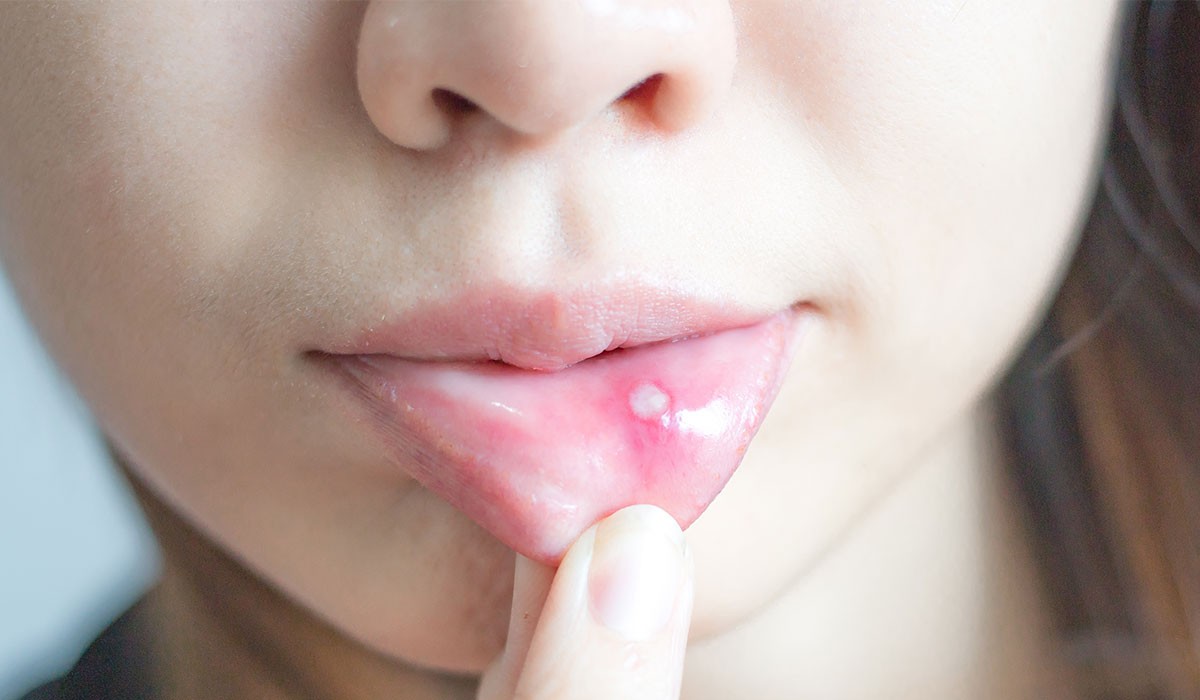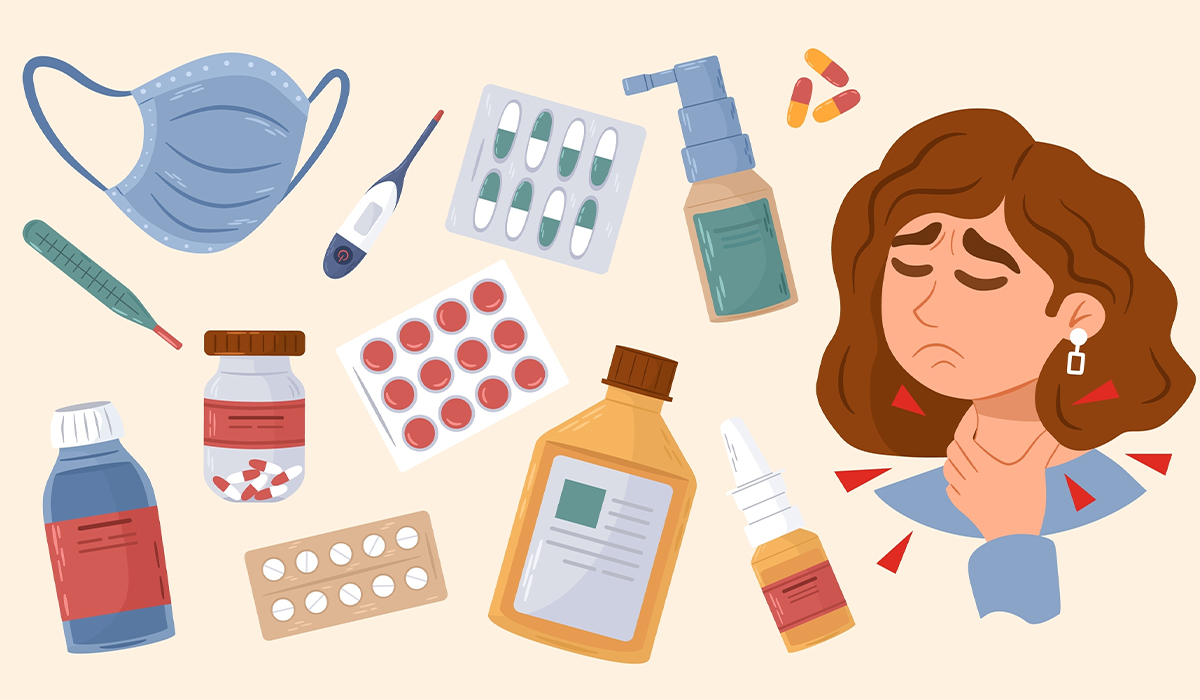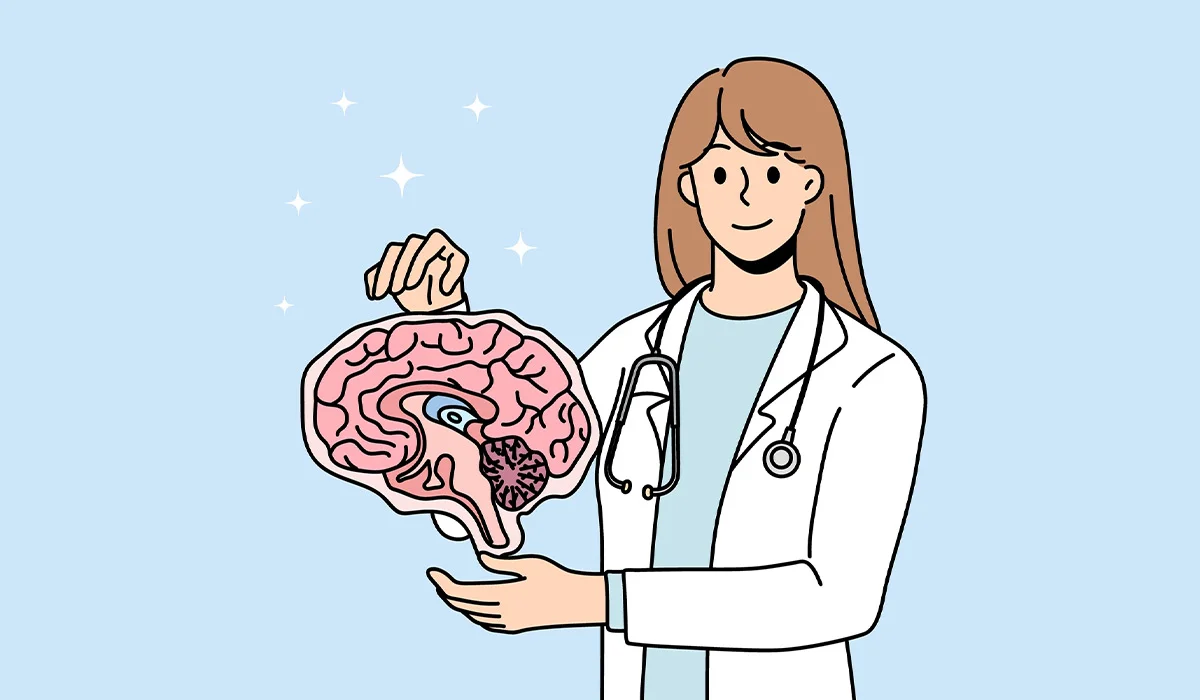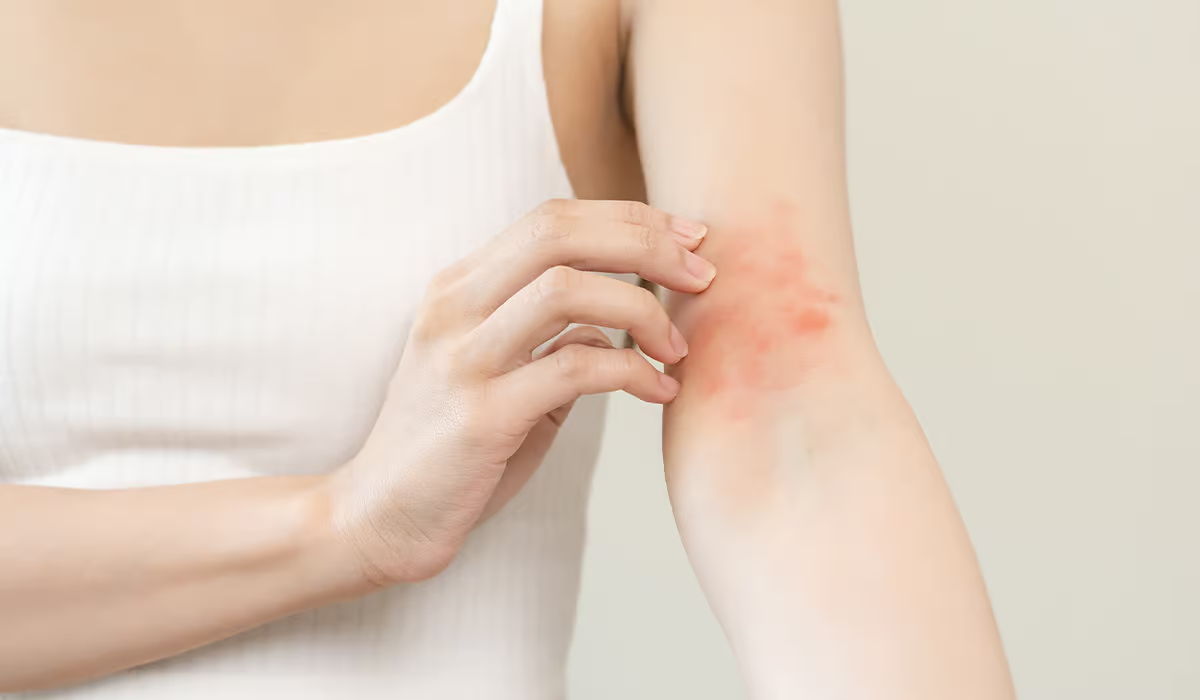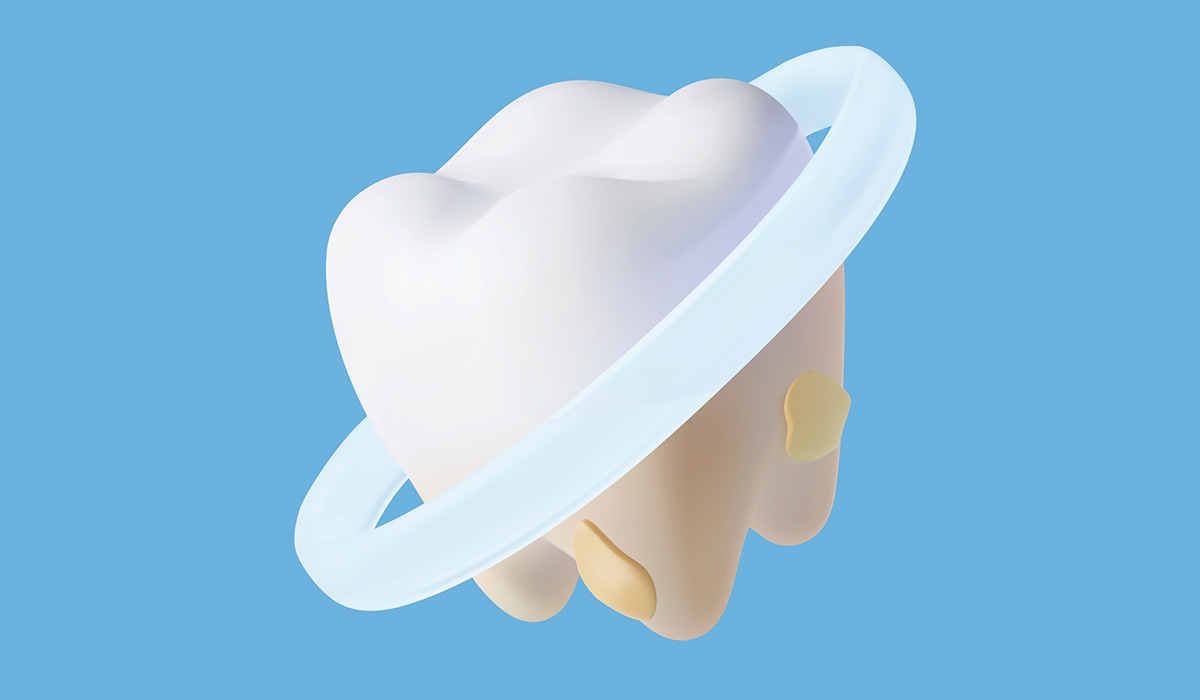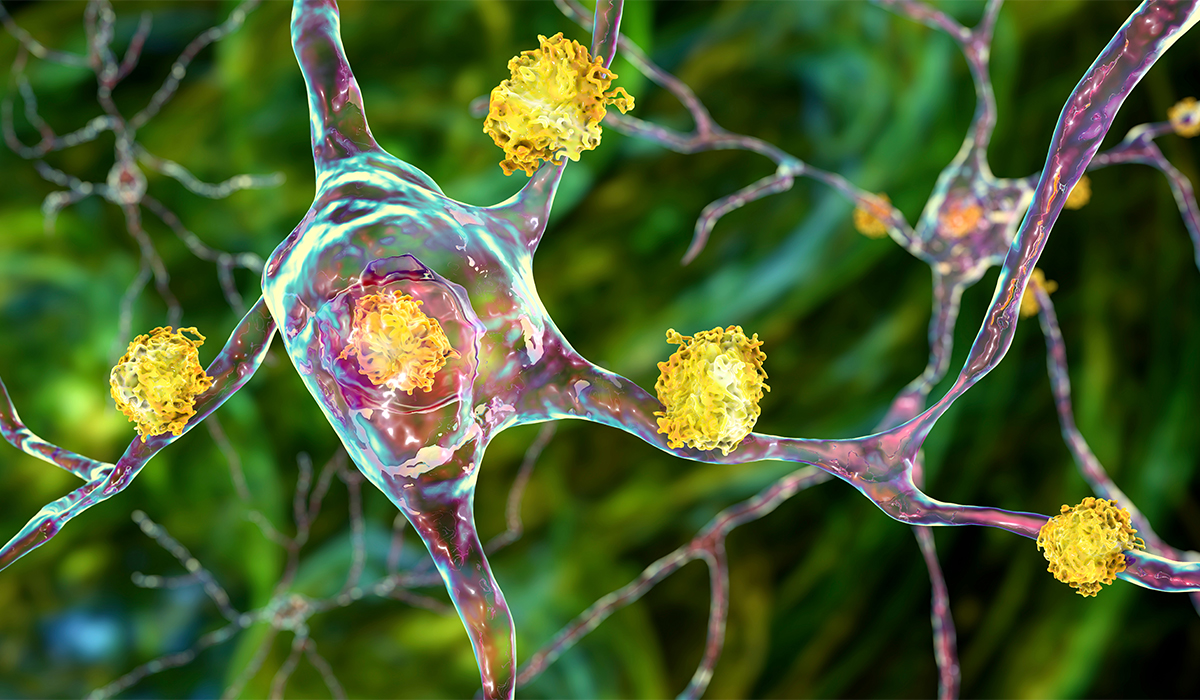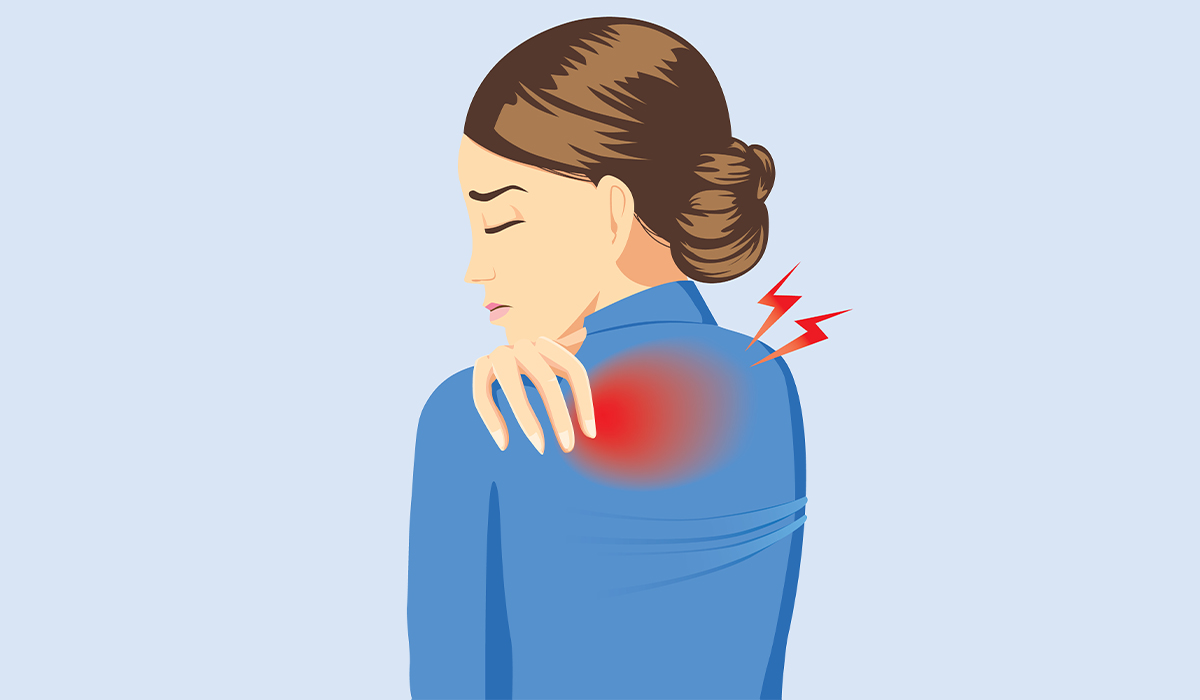What Causes Gout?
Hyperuricemia, a medical term for excess serum urate in the blood, is the primary cause of inflammatory arthritis. The presence of this substance in the body is usual. It is a waste product of metabolism made when purines are broken down. However, a higher-than-normal amount of uric acid in the body can negatively affect the body. Excess uric acid crystals gather in tissues, fluids, and joints, which causes inflammation.
Hyperuricemia does not necessarily mean gout will occur. If inflammation does not occur, there is no need for treatment. Many people with high uric acid levels in the blood don’t develop gout. However, the risk increases the longer it is left untreated.
Risk Factors
You may wonder what causes gout to occur in the first place. Hyperuricemia explains how gout develops in the body, but what causes a uric acid build-up? Although scientists don’t know why hyperuricemia occurs, several factors have been observed to increase the risk of developing gout. Here are the most common risk factors:
Age. Gout is more common among older people. Women usually develop it after menopause, while men are at risk after they reach middle age. Gout is rarely observed in younger people, but its symptoms are generally more severe when it occurs.
Medical Conditions. Having underlying health problems may eventually lead to gout. According to the National Library of Medicine and National Health Service, these medical conditions increase the risk of inflammatory arthritis:
- Diabetes
- Osteoarthritis (a common form of arthritis that makes the joints lose their flexibility)
- High blood pressure
- Obesity or being overweight
- Psoriasis (a condition that causes flaky, crusty, red patches on the surface of the skin)
- Kidney disease
- High cholesterol and fat levels in the blood
- Metabolic syndrome (a condition that combines the symptoms of obesity, high blood pressure, and diabetes)
- Kelley-Seegmiller syndrome or Lesch-Nyhan syndrome
- Hemolytic anemia
Sex. Gout is more likely to occur in men than in women.
Genetics. Having a relative with gout also increases the risk of developing this condition.
Lifestyle and diet. Having a specific diet, unhealthy lifestyle, and lack of physical activity may eventually lead to gout. Many habits and unhealthy eating preferences may cause inflammation in the joints, but these have been identified as the most notorious risk factors:
- Drinking alcohol
- Drinking sugary drinks
- Eating foods that are high in fructose
- Having a diet rich in purine (organ meat, beef, lamb, pork, tuna, trout, sardines, anchovies, scallops, mussels)
- Eating a lot of fatty foods

Certain medicines. Taking some medications also may increase the risk of developing gout. These include:
- Water pills (diuretics)
- ACE inhibitors (medicines for high blood pressure)
- A large amount of niacin, also known as vitamin B3
- Low-dose aspirin
- Immunosuppressants used to treat autoimmune diseases and prescribed for people who have an organ transplant
Warning Signs and Symptoms
If you feel like your big toe, knee, elbow, or other joint is on fire, then there is a high chance that you are suffering from gout. Usually, only one joint is affected; in most cases, it is a big toe. Gout may also develop in other joints, which include:
- Knee
- Elbow
- Wrist
- Feet
- Ankles
- Hand
Symptoms are usually the same regardless of which joint gets swollen and inflamed. These may include:
- Sudden intense pain in the affected joint
- Red and swollen skin around the joint
- Flaky and itchy skin in the joint area (after the swelling subsides)
- Stiffness
- Heat around the joint
- Tenderness
Sometimes, fever may accompany pain and skin symptoms. If you have a high body temperature and your symptoms keep worsening, you should seek immediate medical care, as it may indicate an infection in the joint.

Gout Flare
Doctors typically describe gout or gout flare-ups as when symptoms occur. Gout flare starts suddenly and usually lasts several hours. Gout symptoms may sometimes persist for a few days or longer. Many people experience gout flare for the first time at night.
Gout flares are characterized by their frequency. Some people experience them more often than others. Specific triggers or risk factors may increase the times they occur. There are usually no symptoms between gout flares.
Complications
If gout is left untreated, more health conditions may develop due to long-lasting damage caused by joint inflammation. These complications have been linked with untreated, severe, or poorly managed gout:
- Tophi White. Tiny lumps that may develop due to gout are known as tophi. They may appear in various bodily places and interfere with daily activities. They are usually not painful initially but may lead to misshapen joints and bone tissue damage without treatment. Tophi may appear under the skin on ears, toes, elbows, fingers, knees, and forearms. It is a sign of severe gout if you notice them on your body.
- Kidney stones. Rarely, excess amounts of uric acid crystals in the blood may cause kidney stones to develop. Medications that make the urine less acidic and dissolve newly-formed kidney stones are usually prescribed for this scenario.
- Joint damage. Severe and frequent gout attacks can eventually cause permanent joint damage. Fortunately, it is not expected to have that many gout flares. Starting gout treatment in its early stages lowers the frequency of gout flares and, thus, the risk of damaging your joints.
Diagnosis and Tests
Diagnosis of gout includes a doctor’s assessment of the patient’s symptoms, physical exam, medical and family history, and laboratory tests. A doctor may also ask about medications a person takes, whether they drink alcohol, and their diet.
Examination of gout may not bring satisfying results if a gout attack is not occurring. Visible symptoms such as skin redness, stiffness, and swelling around the affected joint help determine if a person has joint inflammation. Otherwise, a doctor may order additional tests to rule out conditions that mimic gout symptoms. These usually include:
- laboratory test to check urate levels in the blood
- joint X-rays
- ultrasound and CT scans
- synovial fluid test
How to Treat Gout?
There is no cure for gout, but fortunately, this condition can be effectively managed with proper management strategies, medication, and lifestyle changes, including diet. The main goal of treatment is to lower the level of uric acid in the blood and reduce inflammation and frequency of gout flare-ups. Depending on gout triggers and accompanying health problems, a doctor may recommend different anti-gout strategies.
To reduce symptoms of gout flare itself, doctors usually prescribe the following medications:
- Over-the-counter anti-inflammatory medicines such as ibuprofen and steroids
- Anti-inflammatory medication to ease pain (usually requires a prescription)
Gout pain should disappear up to 48 hours after starting the treatment. Most people notice a significant improvement within the first 24 hours.
Lifestyle Changes
In addition to regularly taking medicines, gout patients are often advised to change their dietary habits and lifestyle. Avoiding certain foods and incorporating physical activity prevent sudden gout attacks and reduce inflammation.
So, what can you do to treat gout at home? There are several things to consider:
Avoid or Limit Certain Foods
- Take a break from alcoholic drinks, especially beer, or restrict their consumption
- Eat less food rich in purine
- Don’t eat seafood such as shrimp, lobster, sardines, and anchovies
- Limit animal-based food, including red meat and organ meat (liver, tongue, kidney)
- Avoid drinks rich in sugar, such as soda, flavored water, energy drinks, juices, and sweetened tea
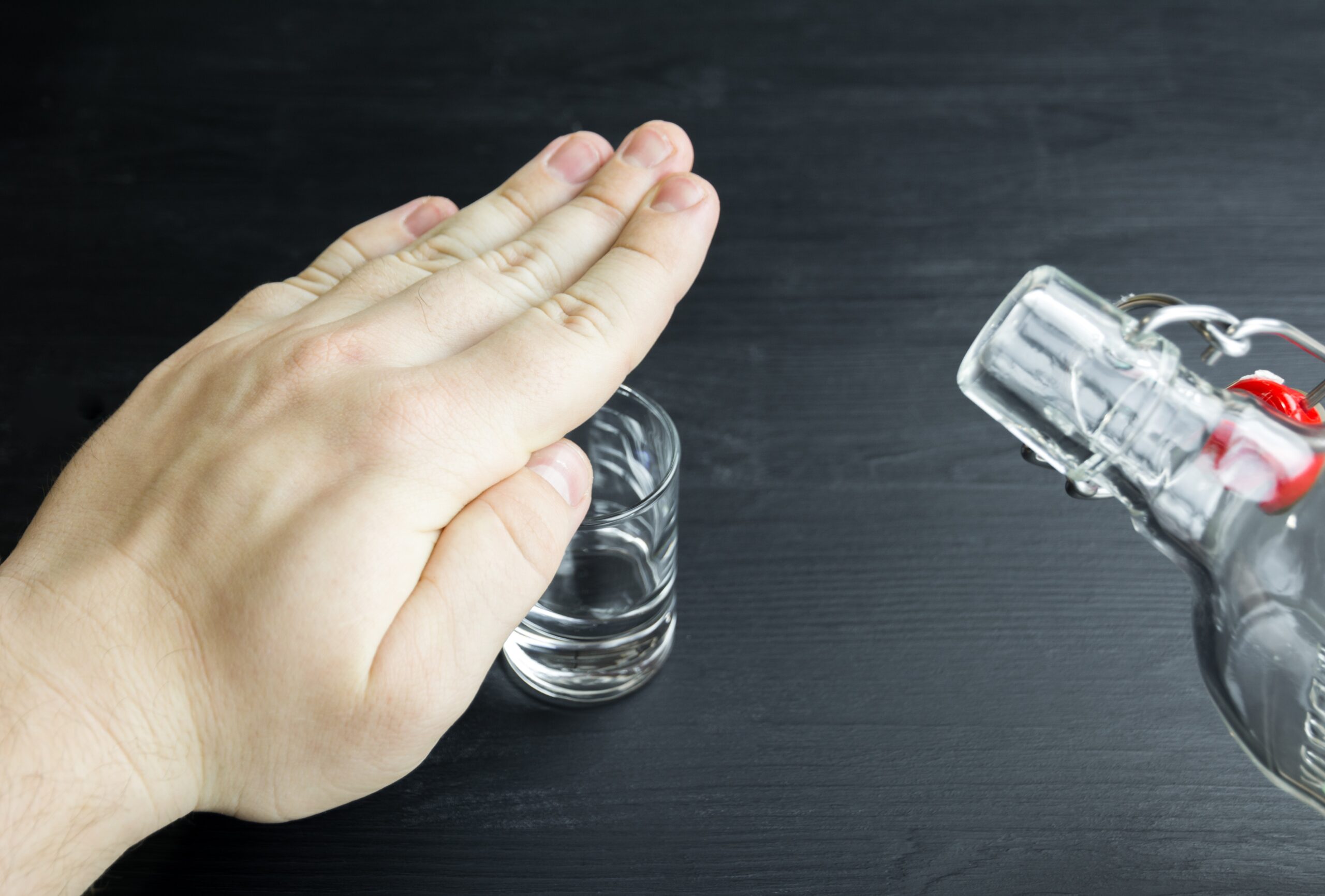
Try Losing Weight
Obesity and being overweight make it harder to reduce urate levels and, thus, may increase the number of gout flares. A reduced-calorie diet and regular physical activity can aid you in your battle against inflamed joints.
Stick to the DASH Diet
Dietary recommendations designed by the Dietary Approaches to Stop Hypertension(DASH) are worth a try while struggling with joint and skin problems.
Keep Your Joints Safe
Gout symptoms can get worse if the joint gets injured. Remember this fact when deciding on physical activity. Some sports are a better choice while recovering from inflammatory arthritis. You should go for low-impact activities, including walking, swimming, hiking, dancing, and cycling.
Key Facts
- A gout is a painful form of arthritis caused by the build-up of uric acid in the blood, leading to joint inflammation.
- Symptoms include severe pain, swelling, redness, tenderness, and stiffness, commonly affecting the big toe, knees, elbows, and wrists.
- Risk factors include age, genetics, certain medical conditions (diabetes, kidney disease), unhealthy lifestyle, high-purine diet, and medications.
- Gout flares are sudden and may last for hours or days, triggered by various factors like alcohol consumption and certain foods.
- If left untreated, complications may include tophi (lumps), kidney stones, and joint damage.
- Diagnosis involves a physical exam, medical history, and lab tests to check urate levels.
- Treatment includes medication to relieve pain and inflammation, lifestyle changes (diet, weight loss), and physical activity.
- Lifestyle changes should include avoiding trigger foods (high-purine, alcohol, sugary drinks), adopting the DASH diet, losing weight, and engaging in low-impact exercises.
- Effective management can help reduce gout symptoms and prevent flare-ups.
Sources
- National Institute of Arthritis and Musculoskeletal and Skin Diseases. (2020). Gout: Diagnosis, Treatment, and Steps to Take.
https://www.niams.nih.gov/health-topics/gout/diagnosis-treatment-and-steps-to-take - National Institute of Arthritis and Musculoskeletal and Skin Diseases. (2020). Gout.
https://www.niams.nih.gov/health-topics/gout - CDC. (2020). Gout.
https://www.cdc.gov/arthritis/basics/gout.html#:~:text=Gout%20is%20a%20common%20form,no%20symptoms%2C%20known%20as%20remission. - NHS. (2020). Gout.
https://www.nhs.uk/conditions/gout/ - Kevin Yip, MD, Jessica Berman, MD. (2021). What Is Gout?
https://jamanetwork.com/journals/jama/fullarticle/2787544 - Harvard Health Publishing. (2023). All about gout.
https://www.health.harvard.edu/diseases-and-conditions/all-about-gout - MedlinePlus. (2021). Gout.
https://medlineplus.gov/ency/article/000422.htm
